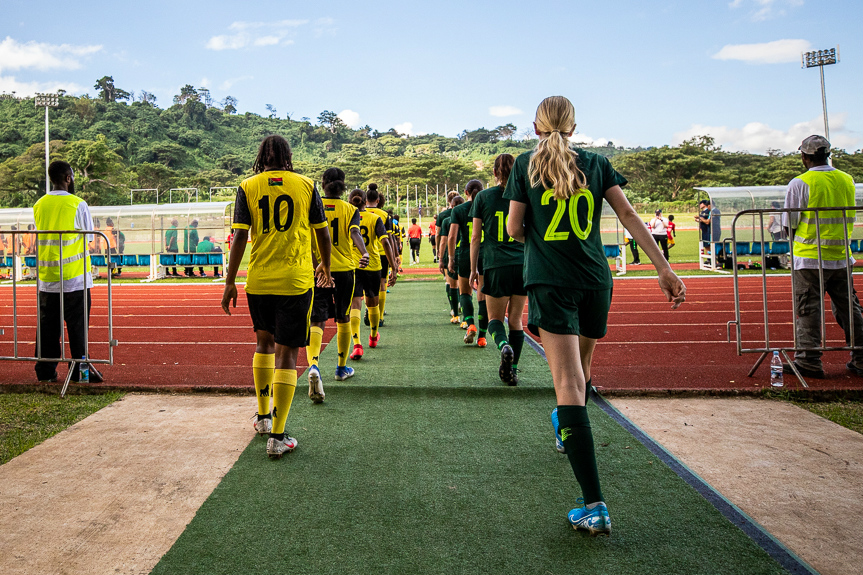Football Australia today released the second of its 2020 studies into player development pathways for Australia's national elite footballers.
Following on from The Performance Gap report for men released in November, The Women's Performance Gap report offers an objective lens into the current landscape facing Australia's most talented female footballers, benchmarking Australia against eleven (11) other leading female football nations.
Football Australia Chief Executive Officer, James Johnson, said the objective findings would help Football Australia develop its strategy, in partnership with key stakeholders, in the build-up to the FIFA Women's World Cup 2023™ to be hosted by Australia and New Zealand and beyond.
"The Women's Performance Gap report continues Football Australia's deep dive into Australian football's player development pathways following the release of The Performance Gap report for men released in November," Johnson said.
"The report is an in-depth, data-driven research piece, which has been tested with the likes of our Starting XI and has been embedded in Australian football's strategy by informing the measures proposed in the XI Principles for the future of Australian football (XI Principles) aimed at increasing match minutes for youth players and turning Australia into the centre of women's football in the Asia-Pacific.
"We have presented the report to several key stakeholders, including our Board, incoming Westfield Matildas Head Coach, Tony Gustavsson, the Starting XI, Football Australia's Women's Football Council, Member Federations, and Westfield W-League clubs.
"We are now pleased to share the report with the Australian football community," Johnson concluded.
Football Australia National Technical Director, Trevor Morgan, said the overwhelming consensus was that Australia must collectively do more to provide opportunities to elite, and prospectively elite, female footballers.

"The Women's Performance Gap report highlights that Australia has a strong core of national team players, and that many of these players will be at a peak performance at the four major senior international women's football competitions that will be held between 2021 and 2024*, including when Australia co-hosts the next FIFA Women's World Cup™ in 2023," Morgan explained.
"The research also demonstrates that we have an opportunity to improve our senior squad depth, enhance our youth national teams and player pipeline, and that creating more opportunities in collaboration with the games' stakeholders for domestic and international matches for our players against a diverse range of opponents is vital.
"There is so much to be positive about in our women's football space with the Westfield W-League about to commence, and several key technical appointments in the elite women's space having been made throughout 2020. We are also due to receive feedback from FIFA's inaugural Talent Development Programme soon, which will provide us with an external, objective perspective regarding our high-performance ecosystem, benchmarked against over 200 nations that participated in the programme," Morgan concluded.
Football Australia's 2020 The Women's Performance Gap report can be accessed here.
*Tokyo 2020 Summer Olympics (to be held in July-August 2021), AFC Women's Asian Cup India 2022, FIFA Women's World Cup Australia/New Zealand 2023™, Paris 2024 Summer Olympics






